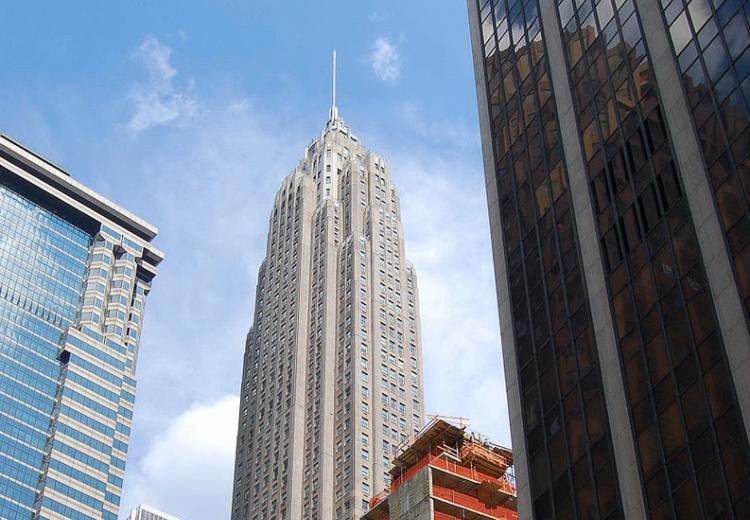Scraping the Sky: Architecture and American History

The L'American International Building in Manhattan, New York City, is a 67-story, 952-foot (290 m) residential building.
In 2017, 144 skyscrapers (towers at least 660 feet tall) joined the skylines of 69 cities across the globe—a record that will likely be broken again before the end of 2018. This inquiry-based lesson combines individual investigations of primary resources and visual media with group analysis to investigate the following inquiry: How is the evolution of the American skyscraper related to broader themes of modern U.S. history, economics, and culture? The skyscraper’s connection to industrialization, socioeconomics, globalization, and building technology encourages students to construct original arguments regarding the relationship between the evolution of the skyscraper and the modern American city.
Guiding Questions
What economic, social, and technological forces led to the invention of the modern skyscraper?
How have skyscrapers changed the organization of cities?
What long-term impact have steel and concrete skyscrapers had on the environment?
How can material innovations (primarily wood) continue to change the role skyscrapers play in urban life?
Learning Objectives
Identify and record evidence from six case studies covering the evolution of the American skyscraper.
Summarize the evolution of skyscrapers by offering strong connections to important themes of industrialization, socioeconomics and globalization.
Predict the future of constructing skyscrapers by innovating to solve a pressing social, economic, or scientific issue.
